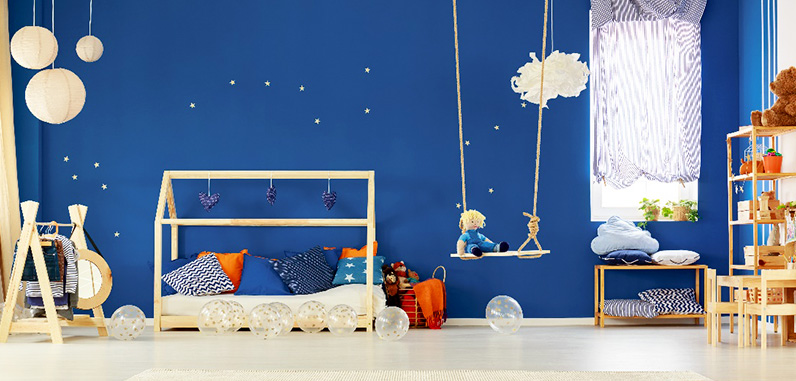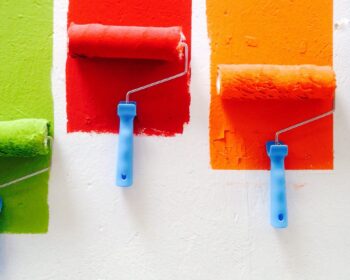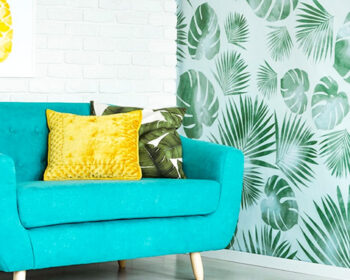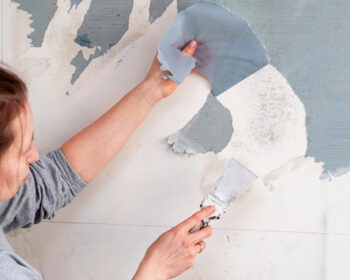
Best Types of Paints for Children’s Rooms
Children’s bedrooms require a particular kind of paint that isn’t fit for other areas of the house. This is due to the fact that kid’s rooms receive far more damage. Pencil, ink, and crayon are used to make drawings on the walls. They endure more impact than one can ever imagine, including being kicked and getting food splattered all over them. If you don’t want to repaint your child’s room frequently, choose a paint that is long-lasting, simple to apply, washable, and, of course, comes in a variety of gorgeous colours.
Use Higher Gloss Paint
Choosing paint with a greater gloss or sheen ensures that the surface in children’s rooms will be durable. In the case of crayon or shoe marks, the paint will also be simpler to remove.
Additionally, picking this kind of paint is simple. It’s not necessary to market the paint as special children’s room paint or anything else. In other words, any interior paint with a glossier finish can effectively resist scratches and stains. Eggshell will therefore be superior than matte paint since it is slightly glossier.
Satin gloss paint will provide more protection than eggshell. Want even more protection? Then move on to semi-gloss paint after satin gloss. High gloss is an additional level of gloss that is available, but it is typically better used on trim work rather than on walls.
The amount of solids in paint increases with glossiness. Paint with a glossy finish has more body and bulk, which are both desired qualities for long-lasting paint.
Use Washable Flat and Matte Paints
Finding one that is actually washable becomes more difficult as you move towards the flatter glosses and sheens. Professional painters assert that superior paints are significantly easier to clean in flatter sheens and glosses than inferior paints.
User Safe paints
Volatile organic compounds are included in the majority of paints on the market today (VOCs). When children have respiratory problems, these substances can have negative health effects. Fortunately, organic paints are made from natural clays, lime, or milk and are more environmentally friendly. They also have no scents. They might be the ideal substitution. Eco-friendly paints can be just as simple to clean and maintain as ordinary paint, come in a variety of colours and varieties, and don’t sacrifice durability.
Install Protective Coverings
Hardboard called wainscot is used to cover the lower portion of the walls. Beadboard sheets that have been custom-sized or ready-to-install kits are both available. To conceal the cut, a chair rail is placed on top of the beadboard, and a robust baseboard is located at the bottom.
Even some wainscot board varieties are pre-primed and prepared for painting. Wainscot is stronger than drywall and a suitable option to cover the lower portion of walls in children’s rooms, yet it can be broken with enough power.
Explore Creative alternatives
Standard paints could be too challenging to maintain consistently without losing their gloss or colour if you can already picture fingerprints and chalk lines on the walls. Chalkboard paint is a great method to give imaginative kids a place to express their artistic impulses. Like a school chalkboard, they can paint over the walls and erase everything. Even chore lists and messages can be posted prominently on these walls by parents. The adaptability of the paint more than makes up for the modest price increase.
For older kids and teenagers who want to decorate their rooms with pictures, signs, and other memorabilia only to remove them and put new ones up later, magnetic paint may be the answer. Magnetic paint eliminates the need for nails totally, which saves time and effort when filling and covering nail marks. With this paint, objects will adhere to the wall with no additional effort and no damage if they are magnetised (or have a small magnet affixed to them).
Once you decide on the perfect paint to color the kids’ (and other) bedrooms, don’t hesitate to contact professional house painter in Melbourne.





